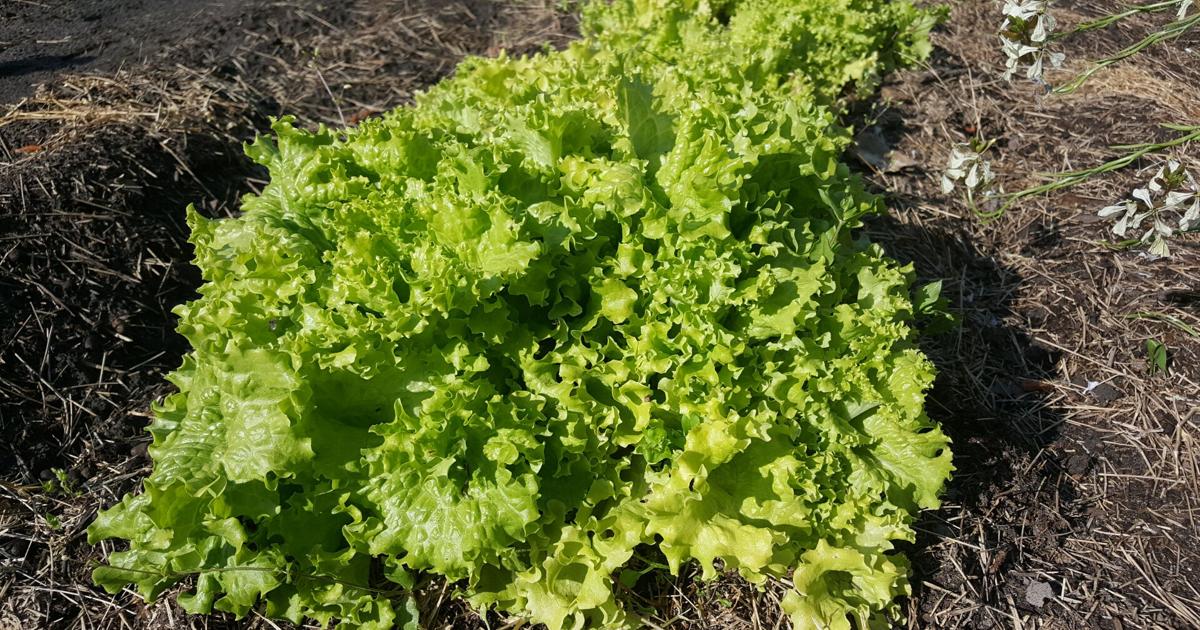By Greg Pryor,Greg Pryor/provided
Copyright postandcourier

Beets, radishes and turnips are among the fastest and easiest plants to grow. There are many varieties of beets, from dark maroon, to yellow, to pure white. Chioggia beets have red and white concentric rings, are very sweet, and can be eaten raw.
I’ve even grown sugar beets in winter, to make a homestead syrup (zuckerrübensirup) that tastes like molasses. And if you grow these root crops, try cooking the tops, or greens, instead of discarding them. They are not only perfectly edible, but very tasty!
Onions and garlic grow throughout the winter months, but are harvested in late spring. I typically cut off any flowering stalks (called scapes) in early spring and wait until a third of the slender green leaves have turned yellow in late spring before unearthing the bulbs.
Snap peas and snow peas also thrive in our cool winter months. I usually add soil inoculant to the dirt before I plant these. The inoculant contains beneficial bacteria needed by the legumes for optimal growth. These vining pea plants will also need trellising for support.
Cold-loving herbs include parsley, dill, cilantro, chives, oregano and mint. Be warned that all varieties of mint can be invasive and will quickly spread throughout your garden. I recommend keeping mint plants in containers and don’t let them go to seed. Other herbs, such as basil, are sensitive to cold and will turn black and die when the temperature dips.
To grow a winter garden, you can start with either seeds or seedlings. Seeds are much cheaper than seedlings but require extra time to germinate and get a head start before cold weather.
When you buy seedlings, you are essentially buying the time and effort needed to get them to that stage of growth. My suggestion is to buy seedlings for all of the plants I mentioned, other than snap peas, root vegetables and lettuce. These will sprout quickly, even in cold soil.
Once you get an established winter garden, take precautions when freezing weather is forecast. You can protect the plants by covering them up with frost barrier fabric, old sheets or burlap, but do not use plastic tarps. Plastic covers will result in water condensation on the plants, which will freeze into damaging ice crystals on the plant leaves.



